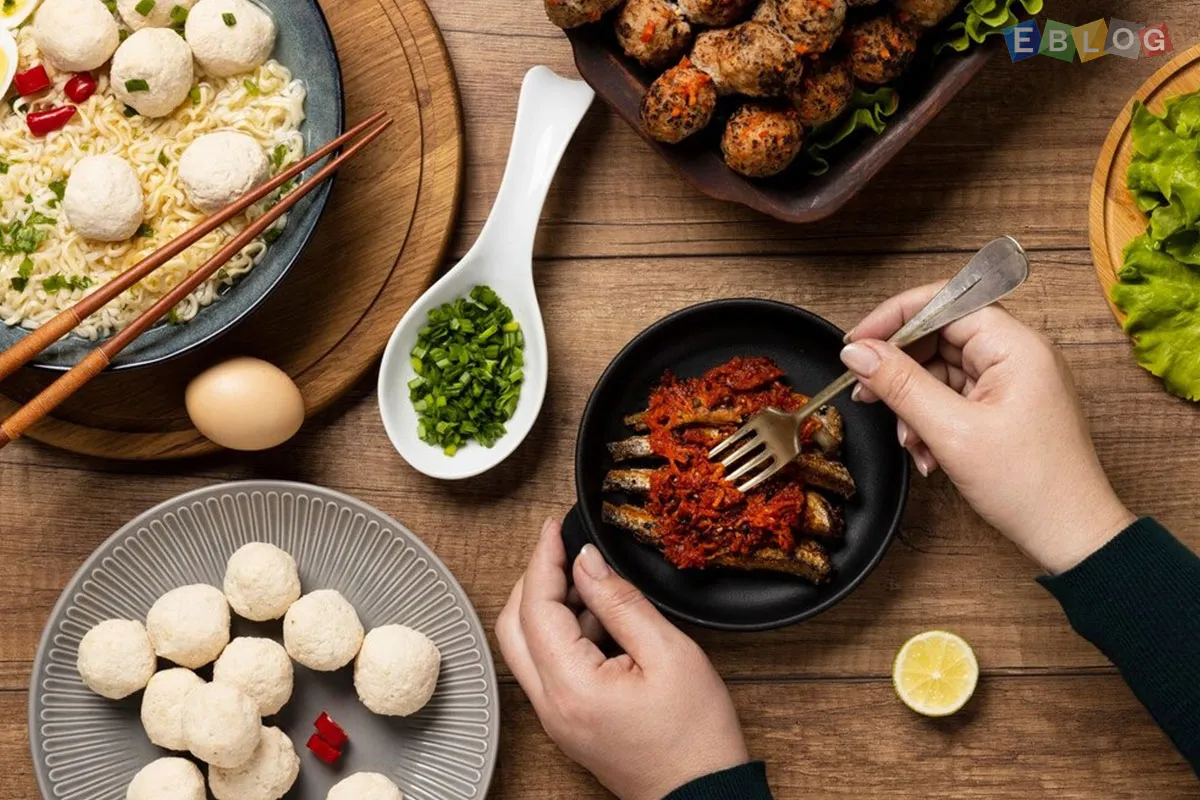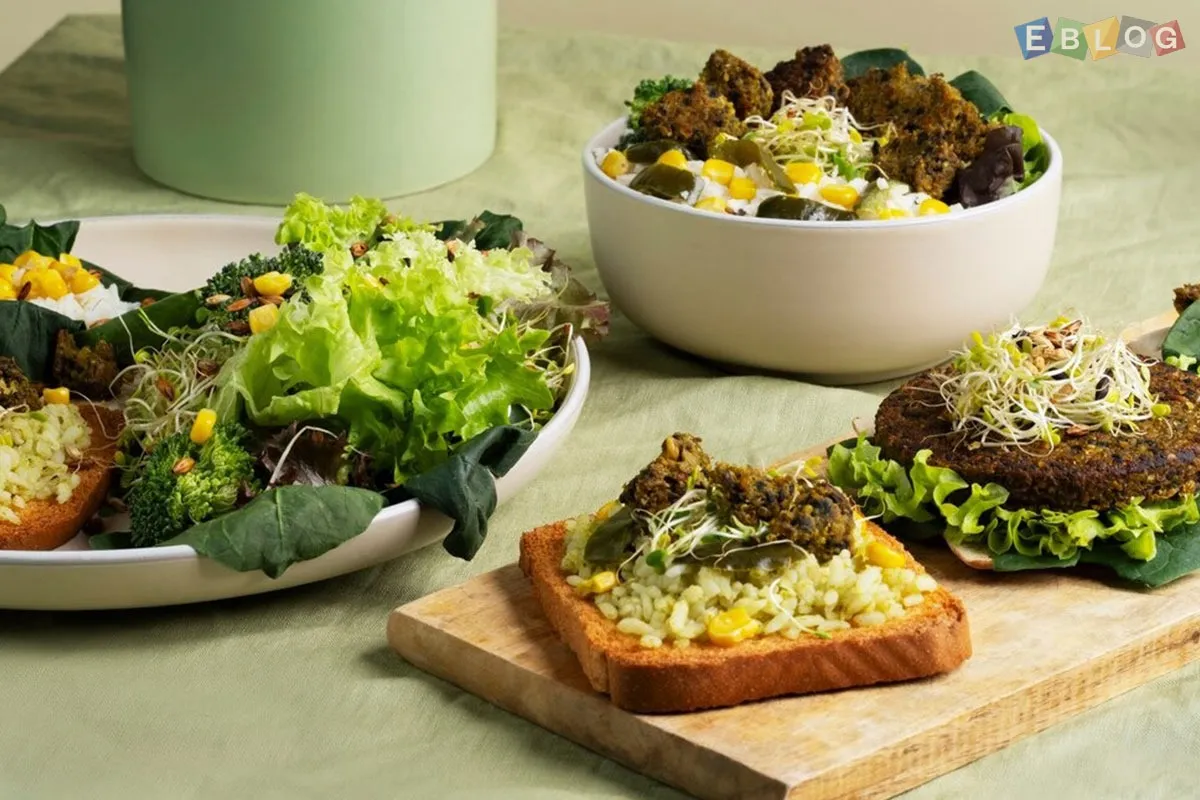
Global Flavors at Home: How to Create Authentic International Dishes
- 02 Sep, 2024
- Food
- 526 Views
- 0 Comments
One of the most exciting aspects of cooking is the ability to explore the diverse and vibrant flavors of cuisines from around the world, all from the comfort of your own kitchen. Whether you're craving the rich spices of Indian curry, the delicate balance of Japanese sushi, or the bold flavors of Mexican street food, creating authentic international dishes at home is an achievable culinary adventure. Here’s how you can bring global flavors to your table with confidence and authenticity.
1. Start with Quality Ingredients
The foundation of any authentic dish is the quality of its ingredients. Seek out fresh, high-quality produce, proteins, and specialty items that are essential to the cuisine you're preparing. For instance, when making Italian dishes, opt for San Marzano tomatoes and extra virgin olive oil, or for Japanese cuisine, look for sushi-grade fish and genuine soy sauce. Visiting local ethnic markets or specialty stores can provide access to these authentic ingredients, allowing you to recreate the true flavors of the dish.
2. Learn the Traditional Techniques
Authenticity in international cooking often lies in the techniques used to prepare the food. Take the time to learn traditional cooking methods specific to the cuisine you’re exploring. For example, mastering the art of stir-frying for Chinese dishes, perfecting the slow-cooking process of a French cassoulet, or understanding the technique of rolling sushi for Japanese meals will help you achieve more authentic results. There are numerous resources available, from cookbooks to online tutorials, that can guide you through these methods step by step.
3. Understand the Flavor Profiles
Each cuisine has its unique flavor profile, often characterized by specific spices, herbs, and ingredients. To create authentic dishes, it's important to understand and replicate these flavors. For example, Indian cuisine is known for its use of cumin, coriander, and turmeric, while Thai cuisine often features the bold combination of lemongrass, chili, and lime. Experimenting with these flavor profiles and balancing them correctly is key to capturing the essence of a dish.
4. Embrace the Art of Spice Blending
Spices are the heart of many international dishes. Learning to blend spices like a pro can elevate your cooking to new heights. For instance, creating your own garam masala for Indian curries, grinding fresh spices for Mexican mole, or mixing herbs for an authentic Italian seasoning blend can make a significant difference in the taste of your dishes. Don’t be afraid to invest in whole spices and grind them yourself for maximum freshness and flavor.
5. Use Authentic Cooking Tools
The tools you use can impact the authenticity of the dish. For example, using a wok for Chinese stir-fries, a tajine for Moroccan stews, or a molcajete for Mexican salsas can help you achieve the right textures and flavors. While these tools may not be essential, they can enhance your cooking experience and bring you closer to the traditional methods used in the cuisine’s country of origin.
6. Master the Art of Plating
In many cultures, how food is presented is just as important as how it tastes. Take the time to learn the traditional ways of plating and serving dishes. For example, Japanese cuisine often emphasizes simplicity and balance, while Moroccan meals are traditionally served in communal dishes for sharing. Understanding these cultural nuances will help you create an authentic dining experience that goes beyond just the taste of the food.
7. Experiment with Regional Variations
Many international cuisines have regional variations that offer unique twists on classic dishes. For example, Italian cuisine varies greatly from north to south, with northern dishes often featuring richer ingredients like cream and butter, while southern dishes tend to be lighter and more tomato-based. Exploring these regional differences can give you a deeper appreciation of the cuisine and allow you to create more diverse and authentic dishes.
8. Learn from the Experts
One of the best ways to learn about authentic international cooking is from the people who know it best. Whether it's taking a cooking class from a native chef, watching video tutorials from culinary experts, or even asking for tips from friends who are familiar with the cuisine, learning from those with firsthand knowledge can provide invaluable insights and techniques that you won’t find in a recipe alone.
9. Don’t Be Afraid to Experiment
While authenticity is important, cooking should also be a creative and enjoyable process. Don’t be afraid to experiment and put your twist on traditional dishes. Sometimes, adapting a recipe to fit the ingredients you have on hand or tailoring it to your taste can lead to delightful new variations. The key is to maintain the essence of the dish while making it your own.
Conclusion
Bringing global flavors to your home kitchen is a rewarding journey that expands your culinary skills and broadens your palate. By focusing on quality ingredients, mastering traditional techniques, and understanding the unique flavor profiles of different cuisines, you can create authentic international dishes that transport you and your family to the heart of different cultures. So, grab your passport—or in this case, your apron—and embark on a culinary adventure around the world, all without leaving your kitchen.















Leave a Reply